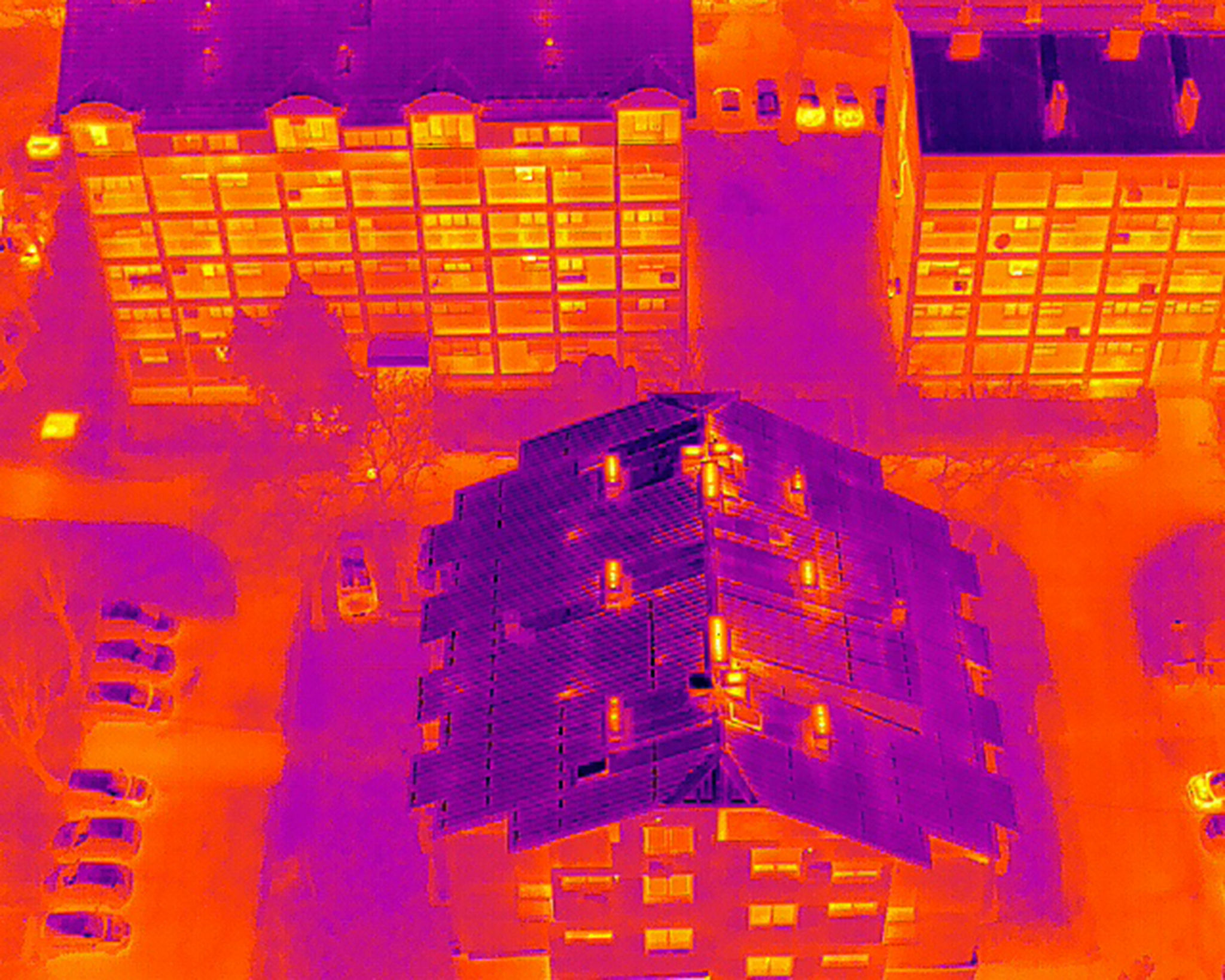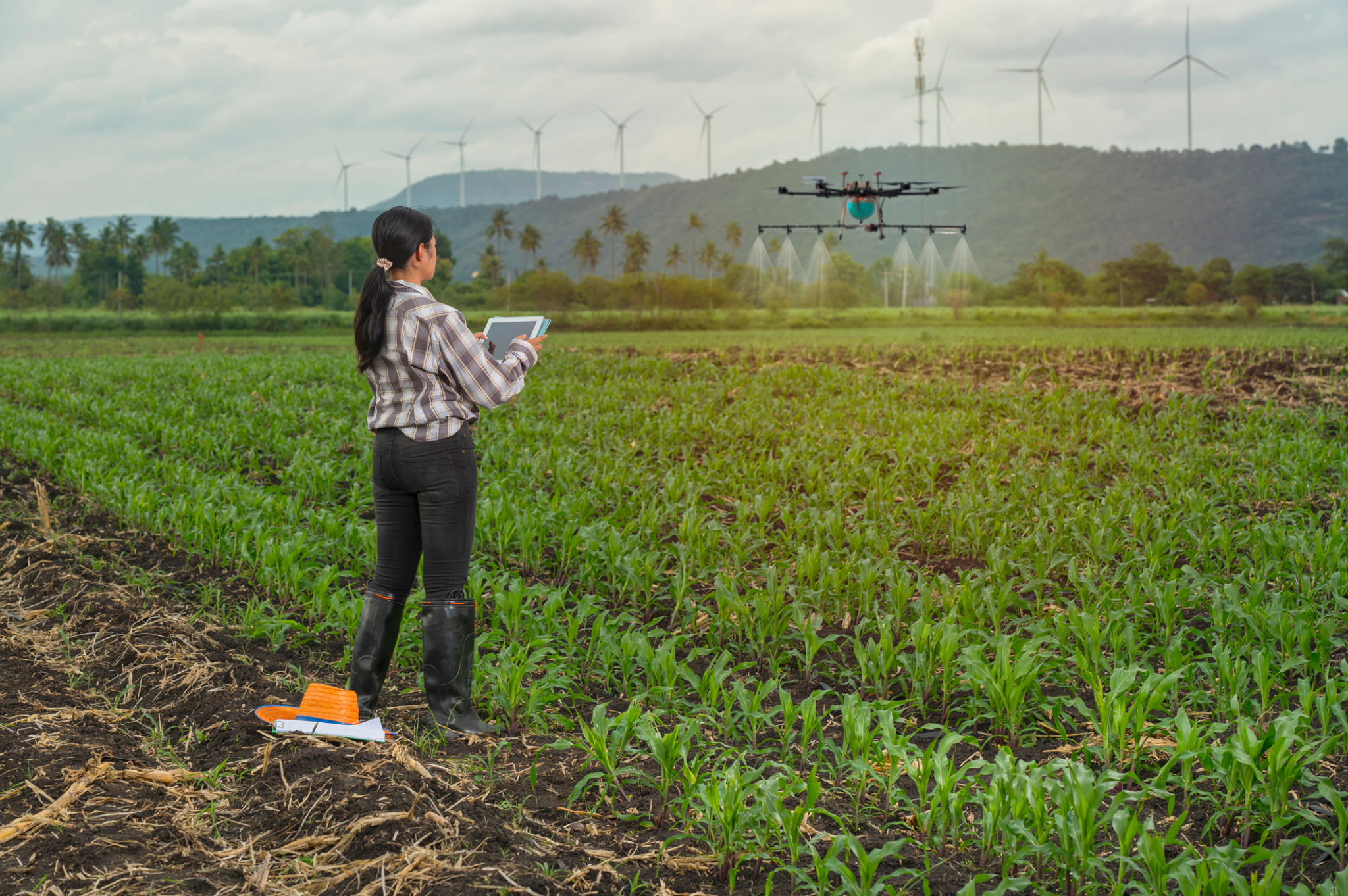Why Thermal Droning is the Future of HVAC Inspections
The Rise of Thermal Droning in HVAC Inspections
As technology continues to advance at a rapid pace, the HVAC industry is undergoing a transformation. One of the most exciting innovations in recent years is the use of thermal droning for HVAC inspections. This cutting-edge technology is revolutionizing the way inspections are conducted, offering numerous benefits that make it an increasingly popular choice for professionals in the field.

Unparalleled Efficiency and Accuracy
Thermal drones are equipped with advanced infrared cameras that detect temperature variations, allowing inspectors to identify issues with unmatched accuracy. Traditionally, HVAC inspections could be time-consuming and labor-intensive, often requiring extensive manual assessments. However, with thermal droning, inspectors can quickly scan large areas, pinpointing problems such as leaks or insulation deficiencies in a fraction of the time.
This efficiency not only saves time but also reduces labor costs, enabling HVAC companies to allocate resources more effectively. Moreover, the accuracy of thermal imaging minimizes the likelihood of overlooking potential issues, ensuring thorough and reliable inspections.
Enhanced Safety for Inspectors
One of the most significant advantages of thermal droning is the increased safety it provides for inspectors. Traditional inspections often involve navigating hazardous environments, such as rooftops or confined spaces, which can pose significant risks. By deploying drones, inspectors can conduct thorough assessments from a safe distance, minimizing exposure to dangerous conditions.

This not only protects the health and safety of inspectors but also reduces the likelihood of accidents or injuries. As a result, companies can maintain high safety standards while still delivering comprehensive inspection services.
Comprehensive Data Collection
Thermal drones are capable of capturing a wealth of data that can be used to generate detailed reports and analyses. This comprehensive data collection enables HVAC professionals to better understand the condition of systems and make informed decisions regarding repairs or maintenance.
Additionally, the data collected by thermal drones can be stored and analyzed over time, allowing for trend analysis and predictive maintenance. This proactive approach can help prevent costly breakdowns and extend the lifespan of HVAC systems, ultimately saving clients money in the long run.

Environmentally Friendly Inspections
In today's environmentally conscious world, reducing carbon footprints is a priority for many industries. Thermal droning aligns with this goal by offering an environmentally friendly alternative to traditional inspection methods. Drones consume less energy compared to ground vehicles and require fewer resources for operation.
This reduction in resource consumption contributes to a decrease in overall environmental impact, making thermal droning a sustainable choice for HVAC inspections. As more companies prioritize eco-friendly practices, the adoption of thermal droning is likely to increase.
The Future of HVAC Inspections
The benefits of thermal droning are clear, and its adoption in the HVAC industry is set to grow. As technology continues to evolve, we can expect even more advanced features and capabilities, further enhancing the effectiveness and efficiency of this innovative inspection method.
For HVAC professionals looking to stay ahead of the curve, embracing thermal droning is a strategic move that promises to deliver significant advantages. Whether it's improving safety, enhancing accuracy, or reducing environmental impact, thermal droning is undeniably the future of HVAC inspections.
